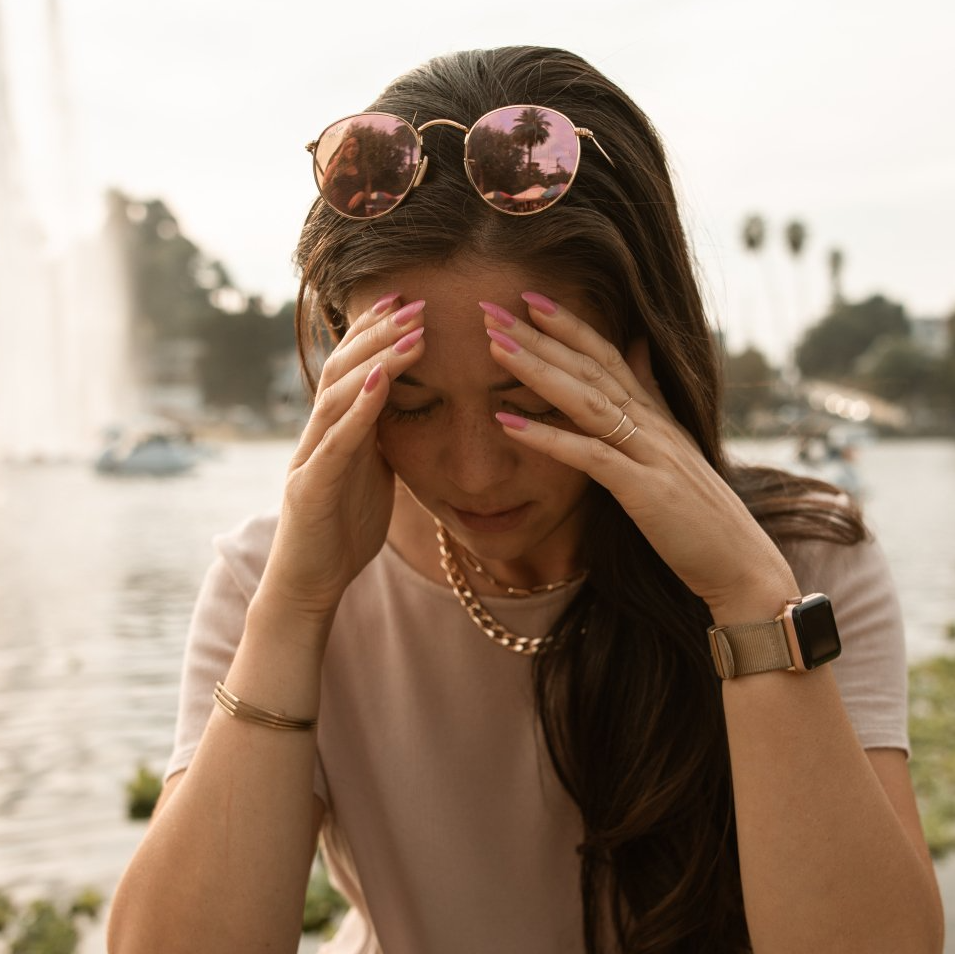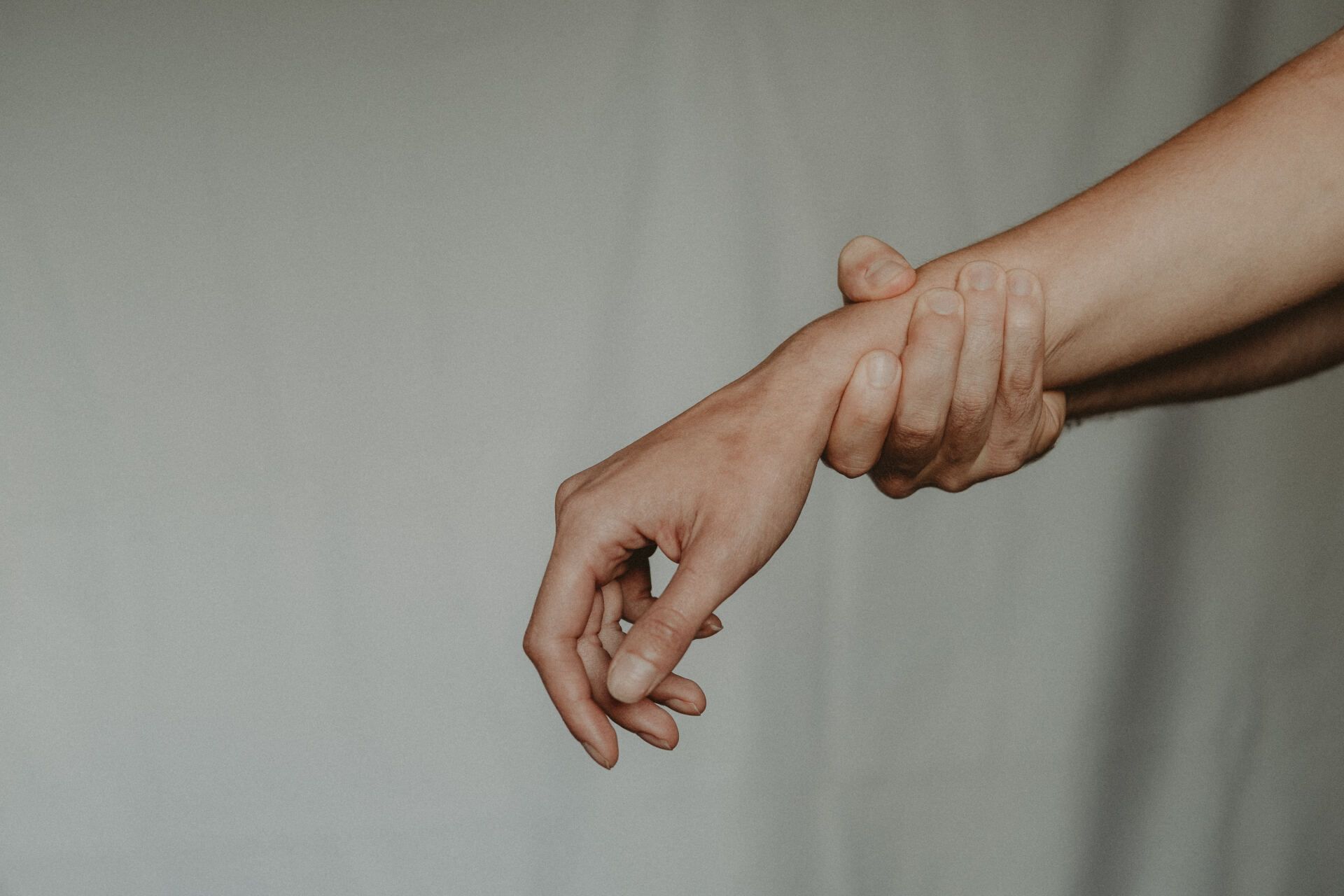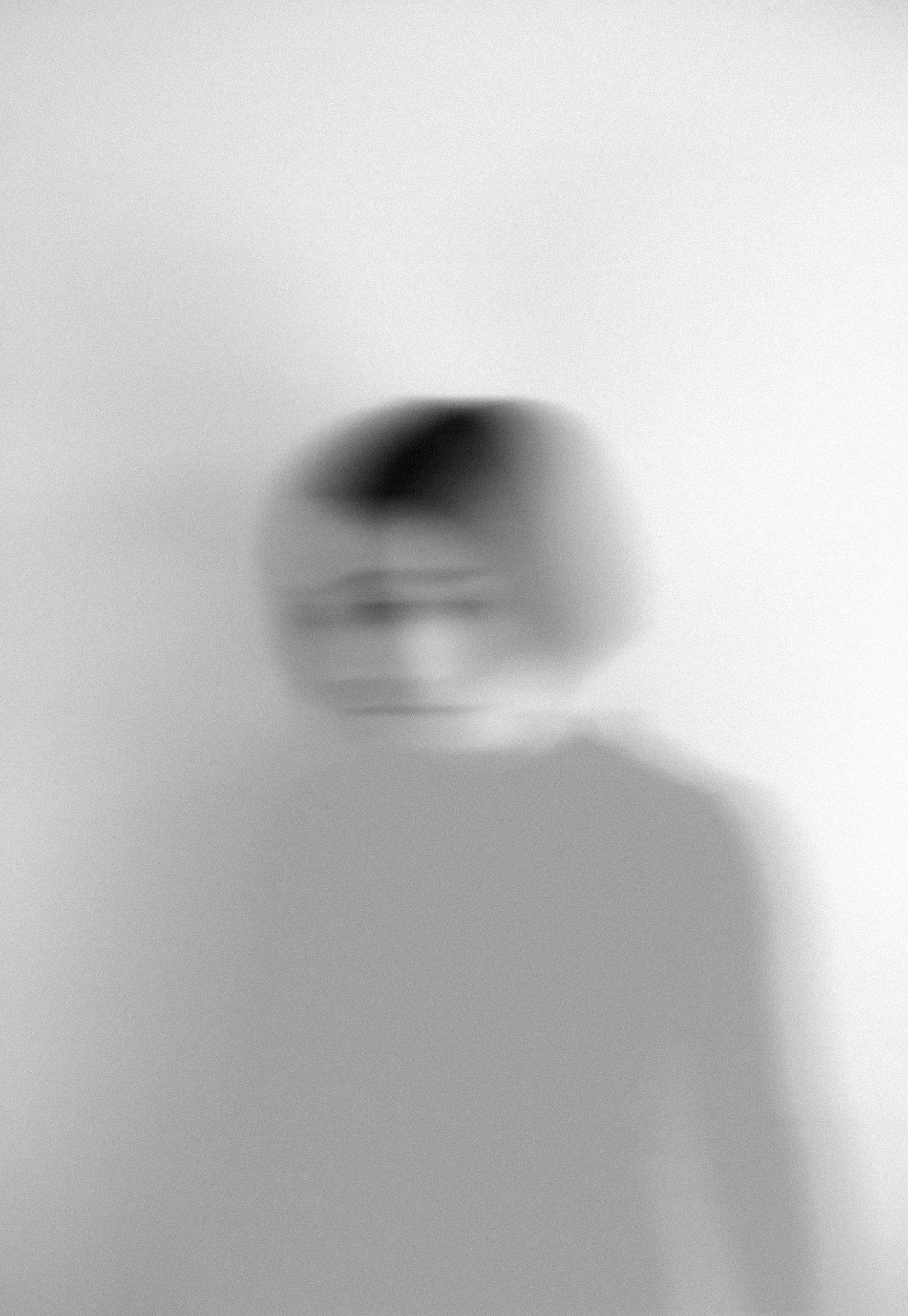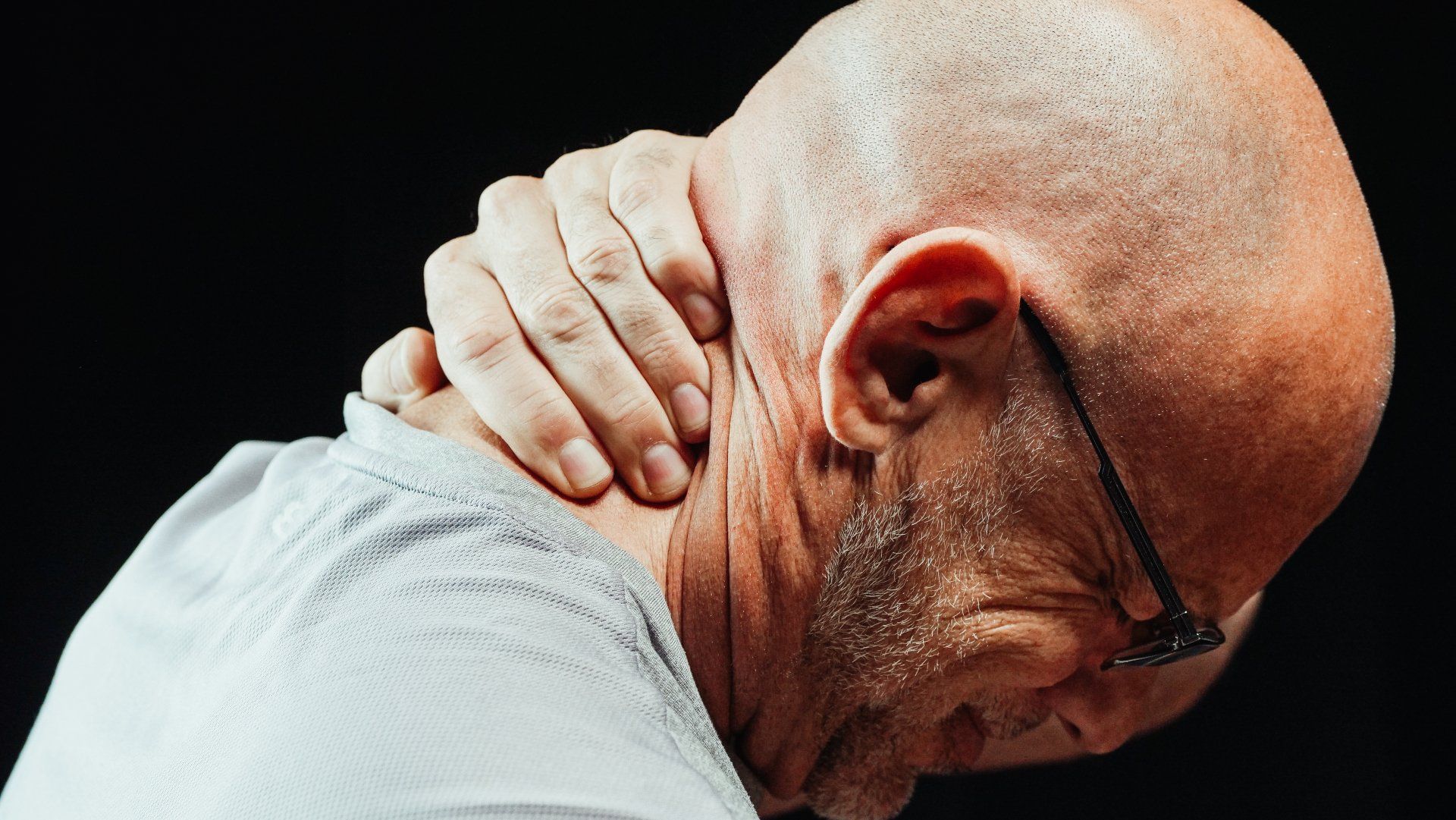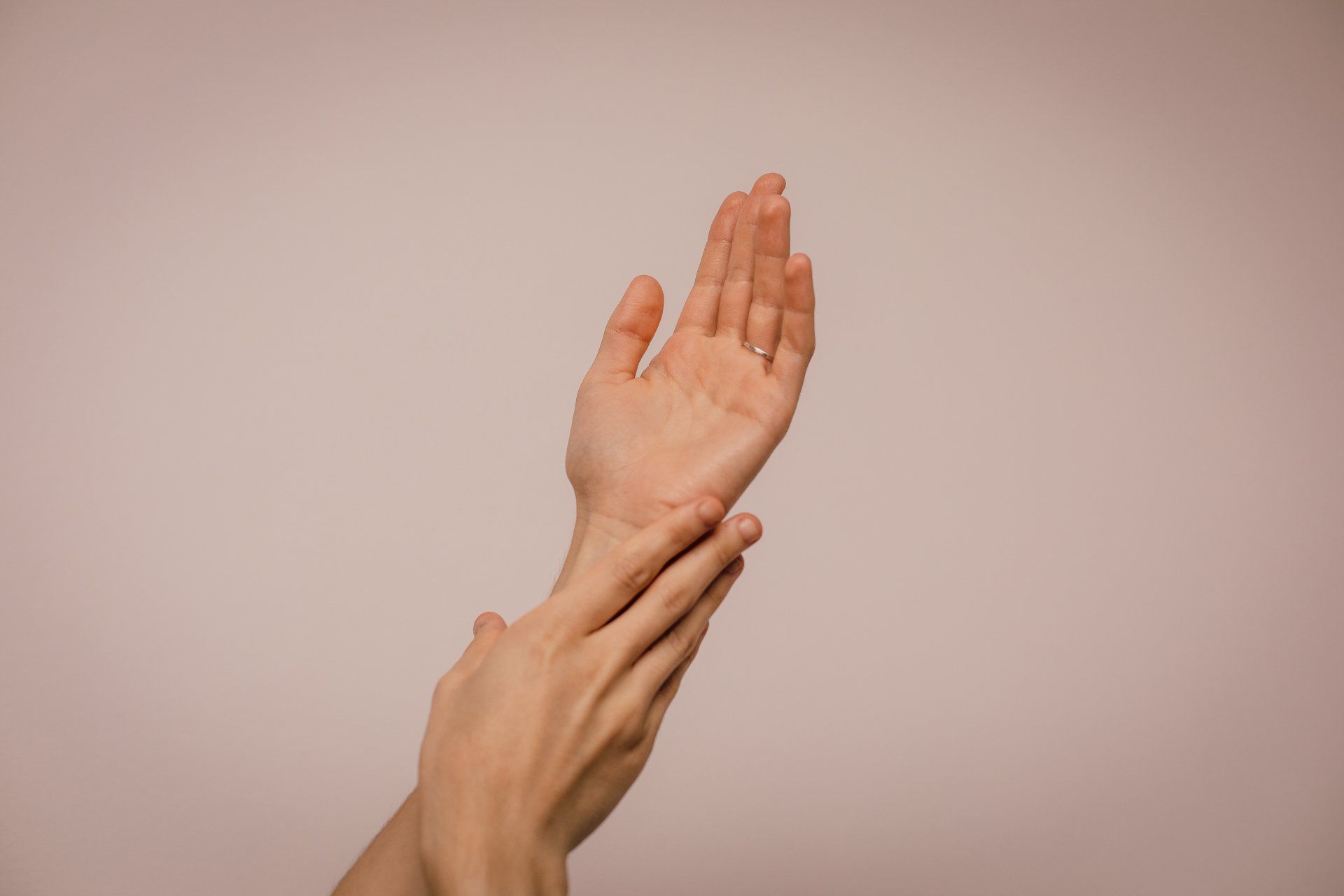Headaches
About Headaches
Headaches are one of the most common physical complaints that people seek treatment for on their own or with professional assistance. Even children under the age of 10 can get headaches, although their symptoms differ slightly from adults.
A headache is defined as pain in the head due to some cause. Chemical activity in your brain, the nerves or blood vessels surrounding your skull, or the muscles of your head and neck (or any combination of these factors) can play a role in primary headaches. It may also be carried through genetics in some people that make them more likely to develop such headaches. Headaches can vary significantly in a number of ways, including intensity, location, frequency and cause.
Primary Headaches - A primary headache is not a symptom of an underlying disease or condition, it is when the headache itself is the main problem. These types of headaches are not dangerous, although the pain from primary headaches can be debilitating. The pain associated with primary headache comes from the inflammation of pain-sensitive parts of the body in and around the neck and head, including nerves, blood vessels, muscles. Some of the most common types of primary headaches are migraine, tension, hypnic and cluster.
Secondary Headaches - Secondary headaches typically start out of nowhere and are excruciating. A secondary headache is caused by another condition that triggers pain-sensitive areas in the neck and head. Secondary headaches are rare, but they can also be much more serious than primary headaches. Secondary headaches can be a warning sign of a more serious underlying condition including brain tumors , aneurysm, meningitis, a bacterial or viral infection causing inflammation of the brain neck or brain injury.
Chinese Medical View
Chinese medicine aims not only to relieve the pain, but also to deal with the root problem. Therefore, headaches are treated differently depending on their causes:
Wind: Wind invasion can disturb the harmony of Qi (the body’s essential energy) and Blood causing headaches (e.g., as experienced during common cold)
Excessive Liver Yang energy (i.e. hot energy): headaches are accompanied by dizziness, bitter taste in mouth, anxiety and short temperedness (e.g. in high blood pressure)
Deficiency of Blood and Qi: slow onset of headaches accompanied by heaviness of head and eyes, tiredness or exhaustion and pale complexion.
Blood stagnation: headaches can be sharp and often have fixed locations; patients often complain of loss of memory and concentration, palpitations; some may have a history of head injury.
Acupressure and acupuncture have been used for headache, migraine, and many other conditions in Asia for thousands of years. By learning how to stimulate pressure points you can relieve minor or moderate symptoms and reduce the need for nonprescription drugs. Chinese herbs and Reflexology may also be added to a treatment plan for migraines and headaches.Treatment can be very different for each patient. People vary in their response to treatment, meaning some people respond better to acupressure while others better to herbs.
To alleviate migraine pain caused by stress, anxiety and/or insomnia, Chinese Medicine uses a combination of acupressure and specific herbs to soothe the Liver and the Heart; clear out the Fire and control the rising Yang energy which, while relieving the patient’s stress and improving their sleep, can alleviate the related migraine pains. By treating the patient’s Liver and Heart with acupressure and herbs, Chinese Medicine can strengthen the body’s ability to cope with pain triggers such as stress and anxiety and hence lower the incidence of migraines.
Migraines and Food - Treatment in Chinese Medicine
Since migraines of internal causes are linked to diet in cases where certain foods trigger the symptoms, Chinese Medicine has identified the Spleen as a key organ in the diagnosis and formulation of treatment. In Chinese Medical theory the Spleen performs a major role in the digestive system as the organ which processes the food and drink intake and then incorporates the nutrients into the body. Chinese Medicine states that in certain cases treatment of migraine must include regulating the functional state of the Spleen in order to improve the patient’s ability to digest and absorb the foods which trigger the migraine symptoms.
Lifestyle Advice for the Prevention and Treatment of Headaches
The next time you have a headache, try to stimulate the reflexology area associated with the head by squeezing your little finger tip on both sides as hard as you can for several minutes. The harder you press, the faster you will feel relief.
You can also try relaxation techniques like Yoga, and deep breathing exercises. It is recommended to drink beverages without caffeine. When drinking beverages it is best to drink tempered or hot beverages. Ice packs can be used as well too, and proven very effective at the point of pain. Try to rest or sleep in a quiet and dark place.
Exercise – aerobic exercise, done for thirty minutes, five times a week, may help prevent headaches. It is probable that the endorphins released during exercise tend to promote a sense of well-being.
We here at Waves know that all clients are different, that is why we begin to build a tailored treatment plan after an initial assessment where we touch on health history, lifestyle, and whole body wellness. Allow us to help jumpstart your healing journey today by booking a session with Sandi, our Traditional Chinese Medicine Practitioner.

